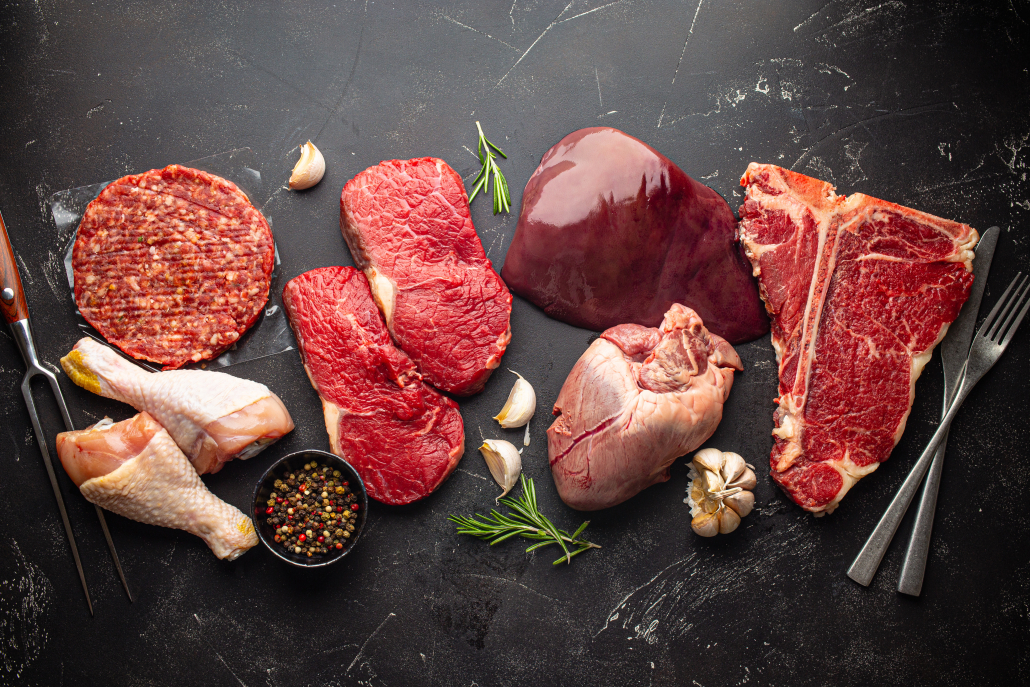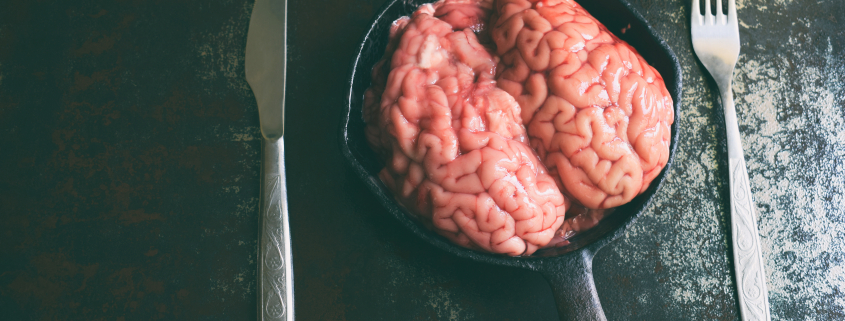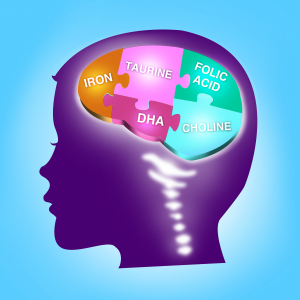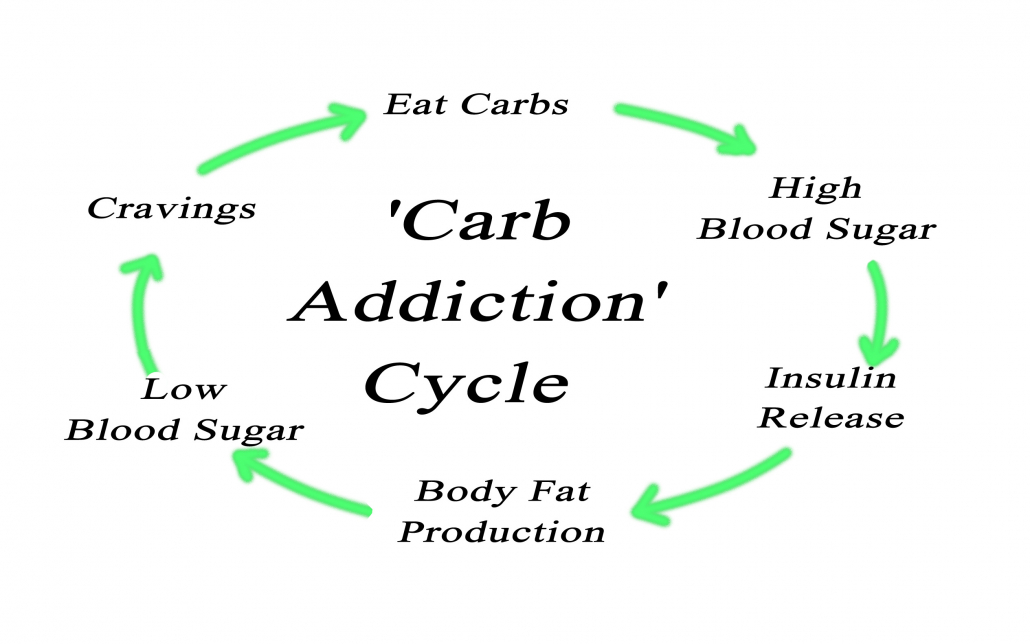Intermittent Fasting for Weight Loss: Methods and Science
Intermittent fasting for weight loss involves designating between periods of eating and not eating throughout each day.1
In this article, we’ll explore 4 popular intermittent fasting methods for weight loss, and we’ll explain the science-backed ways that intermittent fasting influences weight loss.
[TOC]
What is Intermittent Fasting?
Intermittent fasting is a way of simulating our ancestral eating patterns in our modern lives.
This means cycling between daily time-windows of eating, and not eating.
Origins of Intermittent Fasting for Weight Loss
For most of human history, the eating patterns of our ancestors consisted of hunting and eating large animals, and fasting between successful hunts.3
Over nearly 2 million years of human evolution, the men and women whose bodies and brains functioned best in fasted states became the best at hunting and gathering. This made them the best at surviving and reproducing.
We, modern humans, inherited the physiology of this dietary evolution. Our bodies are hard-wired to thrive on these ancient cycles of fasting (and feasting).
But most modern people consume a Standard American Diet. We subject our bodies to an endless and irresistable buffet of highly processed food loaded with carbs, cheap industrial vegetable oils, and added sugars. 2
This adds up to millions of people suffering from diet-related diseases like obesity, PCOS, osteoporosis, IBS, and various other autoimmune and inflammatory diseases. At the same time, diet-related diseases like heart disease, diabetes, and cancer are by far the leading causes of death worldwide.4
Fittingly, all the diseases listed above are referred to as “the diseases of civilization” because they are virtually non-existent in traditional societies.2 3
For most people, intermittent fasting brings mindfulness to our food choices, simplifies our diets, and rebalances our hormones–all of which can lead to significant and lasting weight loss.
There are many methods for practicing IF that you can learn about here.
Intermittent Fasting For Weight Loss Schedules
There are many different intermittent fasting schedules for weight loss, and they all involve splitting up a day or days of the week into periods of eating and not eating.
The most popular IF strategy is known as 16/8 fasting, which we’ll detail below. But it’s only one of numerous IF methods that you can tailor to your specific physiology and health goals.
Women, in particular, may want to learn more about female-centered approaches to IF that protect against hormone imbalances.
Here, we’ll take a look at four of the most popular intermittent fasting for weight loss schedules.
The 16/8 Intermittent Fasting for Weight Loss Schedule
The 16/8 method entails skipping breakfast and eating all your meals within an 8 hour period.
A common approach is to maintain an eating window between 11am and 7 p.m.
Outside of this 8-hour window you are fasting for 16 hours.
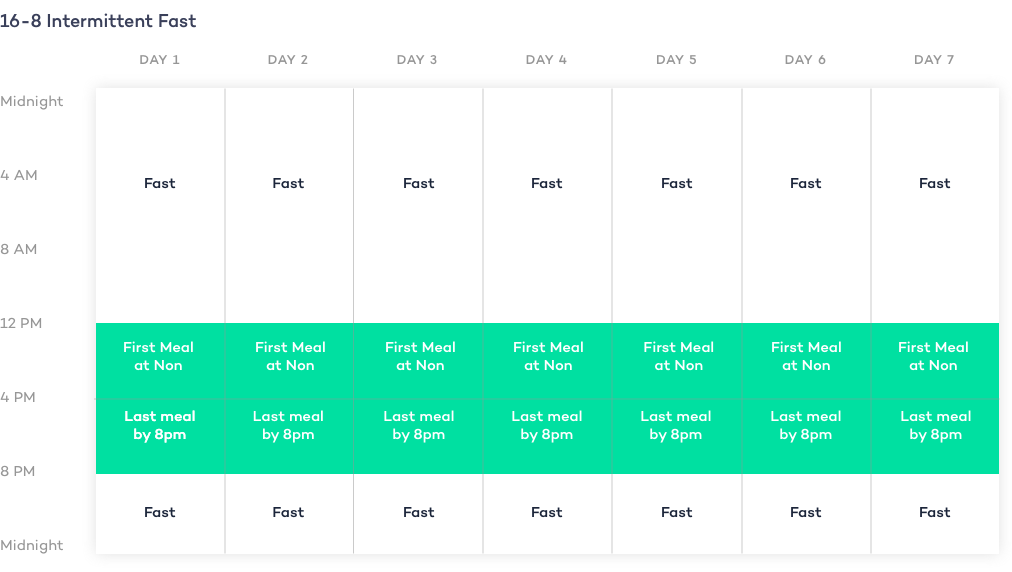
Eat-Stop-Eat Intermittent Fasting For Weight loss
One of the simplest IF technique, the Eat-stop-eat calls for a 24 hour fast once or twice a week.
As with any of these intermittent fasting methods for weight loss, it’s important to chose the method that’s right for you body.
Some people find a 24 hour fast to be relatively easy. It provides a deep digestive cleanse, while freeing the other days from any restrictions.
Whereas others might find it very stressful to withhold eating for 24 hours, and prefer a less intensive daily approach.
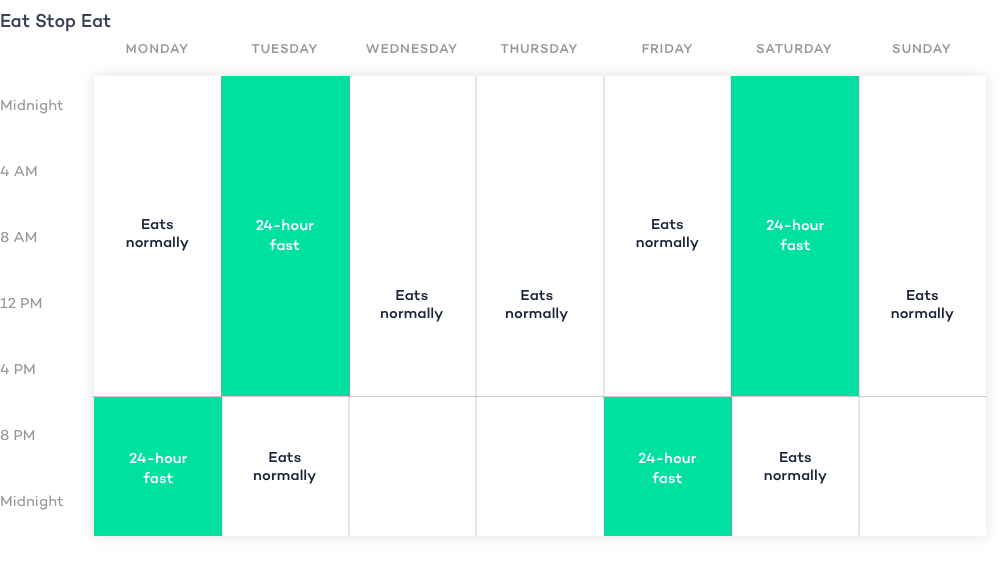
Circadian Rhythm Fasting for Weightloss
One of the easiest intermittent fasting for weight loss schedules to get into is called Circadian Rhythm Fasting.
This IF method involves eating only during daylight hours–the period when your digestion and metabolism are most active. After 7 pm your metabolism naturally slows down.
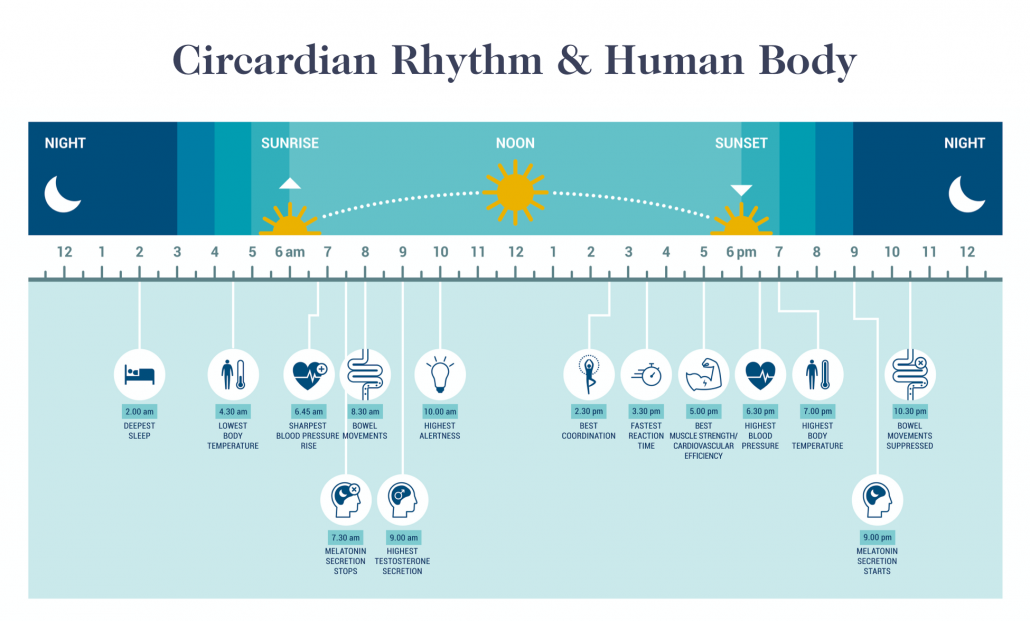
Brunch Fast (AKA 12-14 Hour Fast)
A “Brunch Fast” is a gentle method that may be healthier for people who are extremely sensitive to low-blood sugar, and for women who are concerned about possible hormone imbalances.
The Brunch Fast method calls for 12-14 hours of fasting that ends with a late breakfast, or brunch.
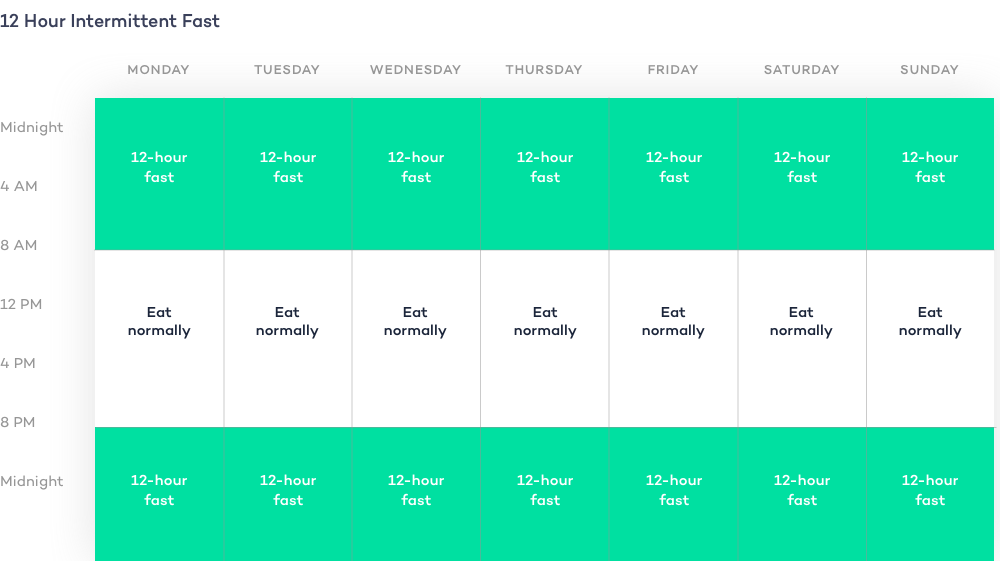
What the Science Says About Intermittent Fasting for Weight Loss
The current science on intermittent fasting for weight loss comes mostly from clinical trials involving obese individuals. So more research needs to be done in this area to determine its effectiveness on other populations.
From a 2014 review of available studies, researchers determined that intermittent fasting reduced body weight by 3-8%. This covered clinical studies that lasted 3-24 weeks.2
Participants in IF studies lost weight at a rate of .55 to 1.65 pounds per week.2
A 4-7% reduction in waist circumference (indicating a loss of belly fat) was also observed by researchers.
It’s worth noting here that though intermittent fasting is effective for weight loss, that’s only one of many intermittent fasting benefits. Other possible benefits include 1, 2, 3:
- Improved metabolic health
- Reduced risk of heart disease
- Blood sugar regulation
- Controlled cholesterol and triglycerides levels
- Increased lean muscle mass
- Stimulates human growth hormones
- Activates stem cell production
- Reduced risk of cancer
Intermittent Fasting Helps You Reduce Calories
As we mentioned above, most people on a Standard American diet eat constantly. This is due in large part to the fact that carbs and sugar are addictive!
For our ancestors, sources of carbs and sugar were very rare. Almost none of the fruits and veggies we eat now existed. Agriculture was also non-existent meaning they ate zero grains.
When our ancestors came upon a tree of ripe fruit, or a beehive, their bodies told them to eat as much as possible. Then the body would turn all that sugar into fat, which is the body’s way of storing energy for leaner times.
Nowadays when we encounter high-carb and sugary foods our bodies send the same signals via hormones like insulin and dopamine–eat as much as possible, store it as fat!.
The obvious difference is that we modern humans are never more than a convenience store away from an abundance of sugar.
This brings us to one of the most obvious ways intermittent fasting aids in weight loss–most of us simply end up eating less.
Less eating means less calories. Less calories mean less excess energy stored as fat, and more stored energy (in the form of fat) broken down into fuel for the body.
Studies comparing intermittent fasting for weight loss with diets that call for continuous calorie restriction show the same weight loss between the two groups.2
Intermittent Fasting Changes Your Hormones
As we mentioned above, when you restrict calories, your body is forced to use the energy it has stored as fat. The science of intermittent fasting centers on how it unlocks this stored energy by triggering your body to undergo the following hormonal changes: 2 3
Insulin
When you eat carbohydrates your body breaks them down into simple sugars (glucose) that goes into your blood.
In response, your body secretes insulin to push the blood sugar into your cells.
When you are fasting your insulin drops, triggering a process where your body begins breaking down fat into energy.
Norepinephrine
Norepinephrine is then sent to your fat cells, facilitating their breakdown into free fatty acids that your body uses as energy.
Human Growth Hormone
When intermittent fasting, levels of Human Growth Hormone (HGH) may increase by up to 500%.2
Though this increase can have various benefits, it may also signal the brain to conserve energy by limiting fat burning, which would make it harder to lose weight.2
Combining Intermittent Fasting and Keto
When you combine intermittent fasting and keto, you restrict carbs during your eating periods. This speeds up the drop in insulin and primes your body to break down fat into fuel.
A high-fat, low-carb ketogenic diet puts your body into a state of ketosis, where it makes fat the primary fuel source.
Since keto and IF have both been shown to support weight loss, skillfully combining these approaches may enhance their overall effectiveness.
An added benefit of this approach is that when you are keto-adapted, your body doesn’t depend on carbs so your blood sugar remains more stable. Stable blood sugar means less glycemic stress and less secretion of stress hormones like HGH.
Intermittent Fasting Helps Maintain Muscle Mass when Dieting
One of the highlights of intermittent fasting for weight loss is how it allows you to maintain muscle mass while dieting. .
One clinical review found that when compared to calorie restriction, an IF diet led to a significantly smaller loss of muscle mass. 2
For example, in studies on calorie restriction, a whopping 25% of weight lost is accounted for by a loss in muscle mass.
Whereas, for intermittent fasting dieters, only 10% of weight loss is muscle mass.4
Intermittent Fasting Simplifies Your Diet
Simplifying your diet reduces cravings and supports mindful eating.
Though eating less calories is often a result of intermittent fasting, you don’t have to count calories. All you have to do is set an alarm or look at a clock.
You can simplify your eating routine even more by enjoying a nutrient-packed keto or carnivore diet meal plan. These ways of eating base meals around satiating whole foods that provide the ideal ratio of fat, protein, and minimal carbs.
They also offer the added benefit of eliminating carb-loaded and processed foods from your pantry and routine. This can be especially helpful when considering that carbs may be addictive.
The Mediterranean and pescatarian keto options are good places to start for beginners.
Intermittent Fasting for Weight Loss Tips for Success
Intermittent fasting won’t automatically cause weight loss or improve your health–there are a few key tips to keep in mind:
- Eat whole foods: This means healthy fats and animal-based superfoods
- It takes time: As with anything body-related, “body time” is slower than “mind time”. Give yourself at least 3 weeks before assessing for any significant weight loss
- Have patience and compassion for yourself: Most of us have a very emotional relationship to our food and eating habits. A dramatic change can cause mood swings and emotional pain. Daily mindfulness practices can help regulate your mood!
- Exercise: By eliminating junk food many people are losing a way to self-medicate. Replace the endorphins you get from eating with low-impact movement practices like cycling, yoga, walking, and swimming.
Intermittent Fasting For Weight Loss: The Outlook
Intermittent fasting is clinically studied and backed by science to improve weight loss.
By reducing calories, changing hormones to more efficiently turn fat into fuel, and simplifying your diet, intermittent fasting is both effective and relatively easy.
There are numerous intermittent fasting methods and schedules that your can try out here!



























